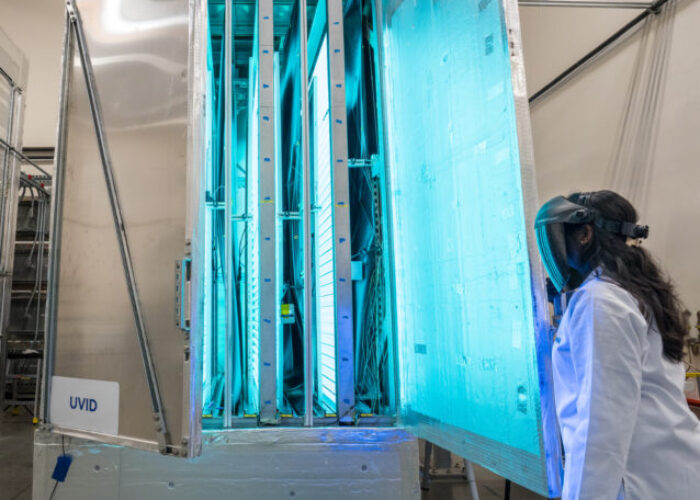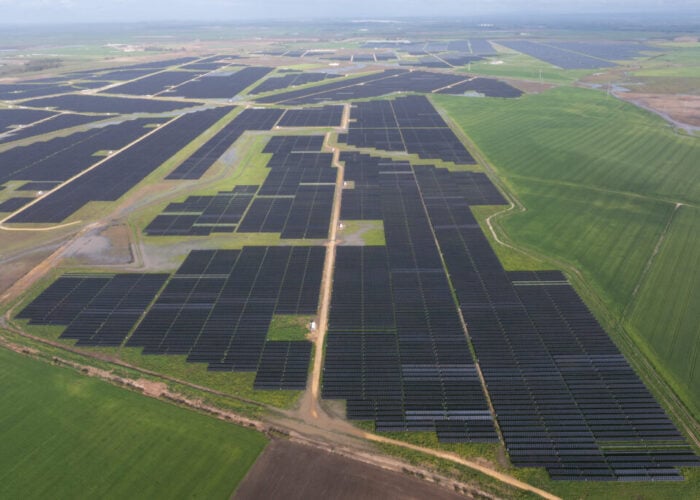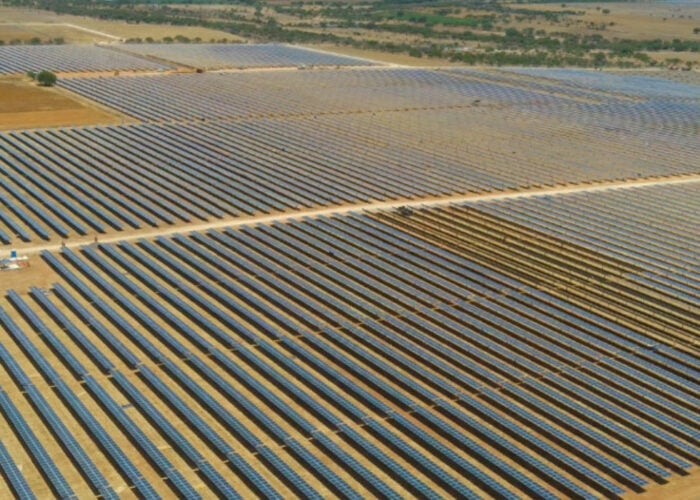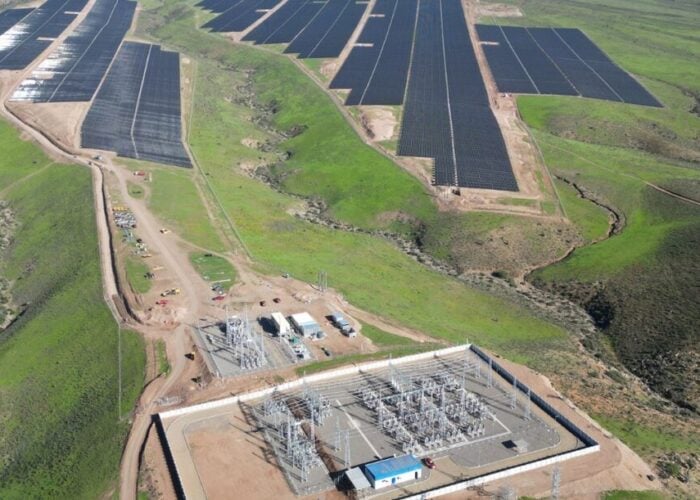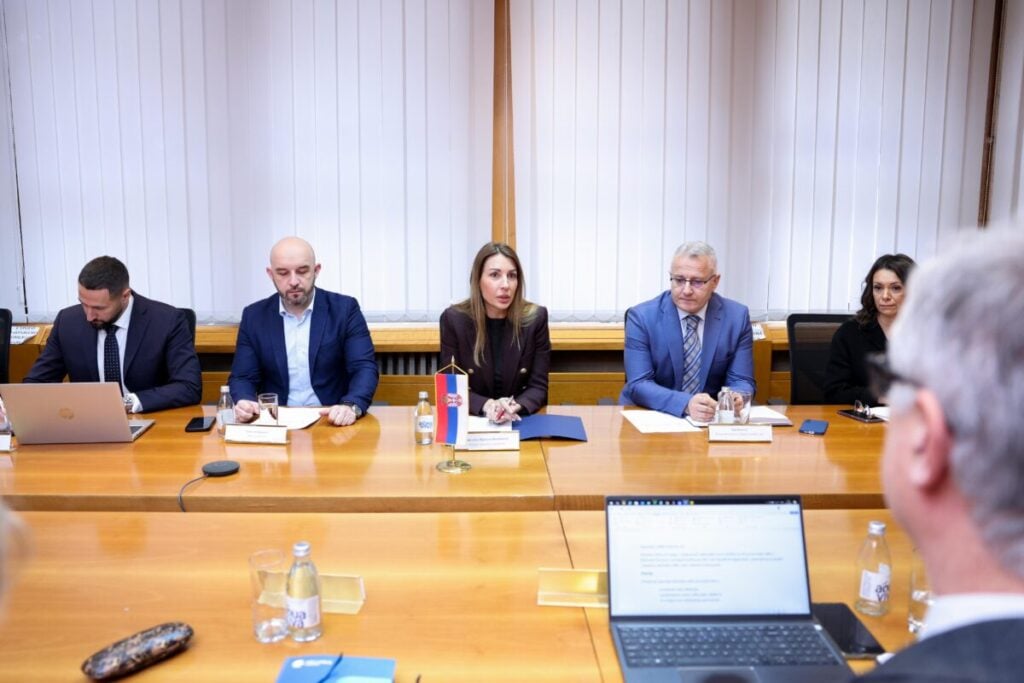
The Serbian Ministry of Energy and Mining has awarded tenders for ten solar and wind projects with a total capacity of 645MW.
The government announced the tender in November 2024, and called for just 124.8MW of solar capacity, alongside 300MW of wind capacity. The successful bids were hailed as evidence of an “extremely successful” tender process by Serbian minister of energy and mining Dubravka Đedović Handanović.
Try Premium for just $1
- Full premium access for the first month at only $1
- Converts to an annual rate after 30 days unless cancelled
- Cancel anytime during the trial period
Premium Benefits
- Expert industry analysis and interviews
- Digital access to PV Tech Power journal
- Exclusive event discounts
Or get the full Premium subscription right away
Or continue reading this article for free
“The second round of auctions was extremely successful, both in terms of capacity and offered prices, but also in terms of the fact that all electricity from power plants that receive incentives will go to the Serbian Electric Power Company for the needs of supplying our economy and citizens,” said Đedović Handanović.
“According to our incentive model, this means that we do not expect there to be any subsidisation of power plants, but rather that they will mostly return extra profits to the state as long as market prices are higher than those offered by the auction winners.”
The ministry reported that the winning solar projects received a price of €50.9/MWh, while the winning wind projects received €53.5/MWh, significantly lower than the maximum permitted bids of €72/MWh and €79/MWh, respectively. A total of €782 million will be invested into the winning projects, and with a total of 34 total applications made for the solar tender, there is significant interest in building new solar capacity in Serbia.
Utility Elektroprivreda Srbije plans to commission the 9.75MW Petka solar project this month, and the utility aims to add a further 1GW of solar capacity, to be paired with battery storage projects, in the next three years. Đedović Handanović said last year that she expects Serbia to have more than 1.5GW of renewable energy capacity in operation by the end of 2026, and meeting this target would necessitate a doubling of the 753MW of capacity in operation as of September 2024.
The successful conclusion of a government tender will be good news for the Serbian renewable power sector, as it follows discussions about the importance of mechanisms such as Contracts for Difference (CfDs), discussed at Solar Media’s Large Scale Solar Central Eastern Europe event, held last November in Warsaw.
However, speakers at the event also discussed the weaknesses of the region’s grid infrastructure, which is perhaps why storage is set to feature prominently in Serbia’s renewable energy deployment goals over the next three years.

